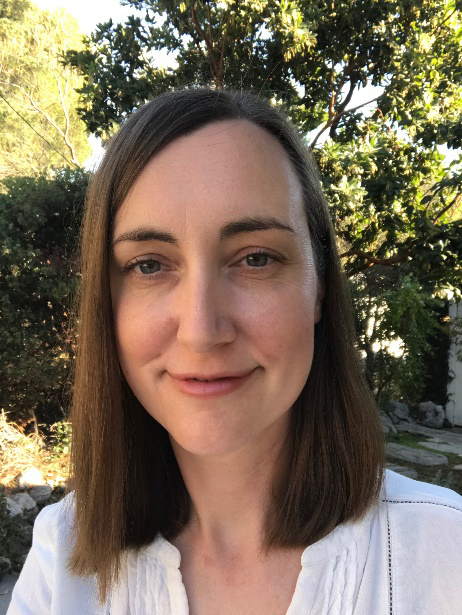
Abstract: Accurate modeling of molecular absorption, particularly water vapor absorption, is of crucial importance for atmospheric remote sensing, data assimilation, and weather and climate model predictions. The use of atmospheric datasets to evaluate molecular absorption calculated from laboratory- or theoreticallyderived spectroscopic parameters (line parameters, line shape and continua) can provide key insight into their applicability over the range of conditions encountered in Earth’s atmosphere and for path lengths not encountered in the laboratory. Validating molecular absorption in radiative transfer models using groundbased measurements offers a number of advantages over space-based validation by avoiding issues with uncertainties in the surface emissivity, allowing ease of access to the instruments for calibration purposes, and providing opportunities for a wide range of co-located ancillary measurements.
In this lecture, we will review work on evaluation of microwave water vapor absorption using ground-based radiometers. We will discuss the utility of long-term ground-based measurements, such as those from the Department of Energy’s Atmospheric Radiation Measurement Program, and examples of contributions enabled by dedicated field campaigns. We will also discuss outstanding challenges, including uncertainties in instrument calibration as well as the underlying models used to calculate molecular absorption.
Bio: Dr. Vivienne Payne is a research scientist at the Jet Propulsion Laboratory (JPL), California Institute of Technology, where she leads the Tropospheric Composition group within the Earth Science Section. She received the D. Phil. (Ph.D. equivalent) in Atmospheric Physics from the University of Oxford in 2006. Since then, she has held positions at the University of Colorado (2005-2006) and at Atmospheric and Environmental Research (AER) in Lexington, Massachusetts (2006-2012), before joining JPL in 2012. She is actively involved in research in the areas of atmospheric remote sensing, atmospheric composition and molecular spectroscopy in the infrared and microwave regions. She has worked on a wide range of projects funded by the National Aeronautics and Space Administration (NASA), the National Oceanic and Atmospheric Administration (NOAA), the Department of Energy (DoE) and the European Space Agency (ESA) and has served on a number of U.S. and European satellite teams (Aura, Aqua, the Orbiting Carbon Observatory missions, Suomi-NPP, the Precipitation Measurement Mission and Envisat). Dr. Payne currently serves as an Associate Editor for IEEE Transactions in Geoscience and Remote Sensing.